Parque de la Ciencia de Seúl (서울특별시교육청 과학전시관)
5.9Km 2024-12-05
Nakseongdae-ro 101, Gwanak-gu, Seúl.
El Parque de la Ciencia abrió en julio de 2004 como centro educativo científico e instalaciones de práctica para estudiantes y profesores, así como también como lugar de cultura para los ciudadanos de Seúl.
kr Myeongdong Samgyetang (kr명동삼계탕)
5.9Km 2021-05-12
49, Myeongdong, 8na-gil, Jung-gu, Seoul
+82-2-778-7370
It makes Samgyetang (Korean ginseng chicken soup) using herbal broth as a store with more than 20 years’ experience. This restaurant's signature menu is ginseng chicken soup. This Korean dishes is located in Jung-gu, Seoul.
Cheongsongsan Ojingeo (청송산오징어)
5.9Km 2021-03-29
8, Namhyeon 1-gil, Gwanak-gu, Seoul
+82-2-584-5286
It's a great place to hold group dining and group meetings. The best menu at this restaurant is sliced raw squid. This Korean dishes restaurant is located in Gwanak-gu, Seoul.
Residencia Gyeonggyojang en Seúl (서울 경교장)
5.9Km 2021-01-04
Saemunan-ro 29, Jongno-gu, Seúl
La Residencia Gyeonggyojang está situada en Pyeong-dong, Jongno-gu, Seúl. Se la considera un sitio histórico y solía ser una oficina y residencia hasta que Bakebeom Kim Koo, figura lider durante el gobierno provisional de Corea, fue asesinado el 26 de junio de 1949. La casa es uno de los tres sitios donde actividades sobre la fundación de un gobierno democrático tuvieron lugar, antes de que se estabilizase por completo.
BROOKLYN THE BURGER JOINT (브루클린더버거조인트)
5.9Km 2021-03-29
51-13, Donggwang-ro 43-gil, Seocho-gu, Seoul
+82-2-533-7180
A burger specialty store featured in Korean gourmet programs. This restaurant's signature menu is house-made burger. This Western dishes restaurant is located in Seocho-gu, Seoul.
Mercado Yeongcheon de Dongnimmun (독립문영천시장)
5.9Km 2023-01-17
Tongil-ro 189-1, Seodaemun-gu, Seúl
Pabellón Jungmyeongjeon (중명전)
5.9Km 2024-12-23
Jeongdong-gil 41-11, Jung-gu, Seúl.
Este sitio histórico se encuentra ubicado por detrás del palacio Deoksugung, cerca del Teatro Jeongdong. Fue la biblioteca real, construido durante el período 1897-1901, por el arquitecto ruso Seredin Sabatin, y consta de 3 pisos en total y es de estilo occidental. Su nombre original fue Suokheon. Después del incendio del palacio Deoksugung en el año 1904, fue utilizado como la oficina administrativa del rey y la sala de audiencia de las delegaciones extranjeras, y también fue el lugar trágico en donde se firmó el Tratado de Eulsa (tratado desigual en el que Corea fue ocupada y declarada protectorado japonés).
En un principio, el pabelló Jungmyeongjeon formaba parte del palacio Deoksugung, pero con el levantamiento del muro de piedra (conocido como el “Doldamgil de Deoksugung”), dejó de serlo. Es una de las primeras construcciones contemporáneas de Corea, pero por el incendio de 1925, solo ha quedado en pie la pared del edificio. Después de la independencia del dominio japonés (15 de agosto de 1945), ha tenido varios usos y dueños diferentes, hasta que en septiembre del 2006, el derecho de propiedad del inmueble pasó a la Administración de Patrimonios Culturales, y finalmente, en febrero del 2007, fue declarado Sitio Histórico Nº 124.
Museo de Estampillas (우표박물관)
6.0Km 2021-03-18
Sogong-ro 70, Jung-gu, Seúl.
+82-2-6450-5600
En el segundo subsuelo del edificio central del Correo se encuentra el Museo de Estampillas, donde los visitantes tendrán la oportunidad de conocer e intercambiar todos los datos relacionados con las estampillas. Es un espacio atractivo para los coleccionistas, y también para todo aquel que esté interesado en los sellos y las estampillas. El museo se encuentra dividido en 4 sectores temáticos: el área histórica, de experimentación, área de materiales informativos, y la sala cultural. Se ofrece una gran variedad de programas interactivos y exposiciones.
Mongmyeoksanbang (목멱산방)
6.0Km 2021-03-24
71, Toegye-ro, 20-gil, Jung-gu, Seoul
+82-2-318-4790
It is a house where you can eat various kinds of bibimbap. This restaurant's signature menu is bibimbap. This Korean dishes restaurant is located in Jung-gu, Seoul.
Cambio de Guardia Real de Seúl (서울 왕궁수문장 교대의식)
6.0Km 2024-11-28
Sejong-daero 99, Jung-gu, Seúl.
02-737-6444
La ceremonia de cambio de guardia empezó en el año 1996 con la ayuda de los historiadores más famosos y renombre. Se realiza en la puerta Daehanmun del palacio Deoksugung, y es un excelente evento para apreciar la cultura real de la época de la dinastía Joseon. El evento se realiza 3 veces al día y muestra al público cómo los guardias cierran y abren la puerta siguiendo movimientos estrictos y que requieren mucha fuerza. El cambio de guardia se realiza para todo el público de forma gratuita. La ceremonia comienza con la llegada de los guardias de reemplazo, y después intercambian códigos verbalmente para verificar si son sus aliados. Luego siguen unos ritos que duran 7 y 8 minutos respectivamente, y la ceremonia finaliza con una ronda de patrullaje. Es interesante ver cómo los 18 soldados tocan enérgicamente los tambores. En Corea no hay muchos lugares que recreen ceremonias de la corte real, por lo que el Cambio de Guardia del Palacio Deoksugung es un evento al que vale la pena asistir. Los coloridos trajes de los guardias son muy llamativos y permiten sacar buenas fotos. No olvide visitar también el palacio después de observar la ceremonia.

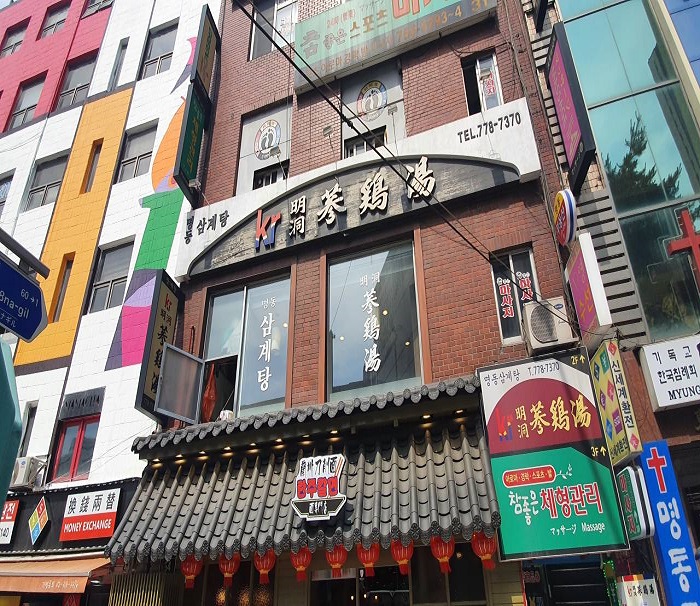
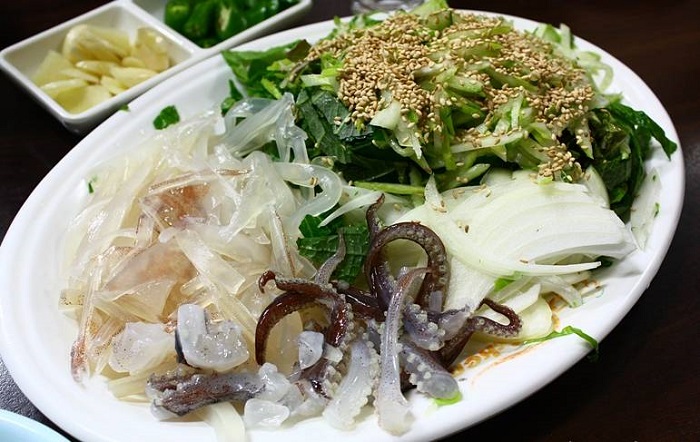
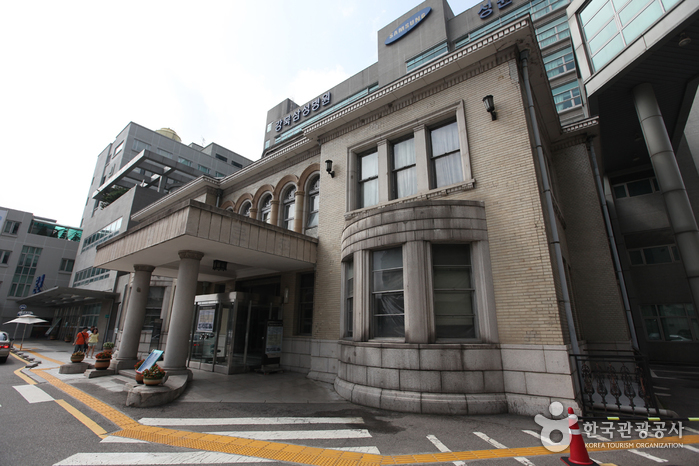
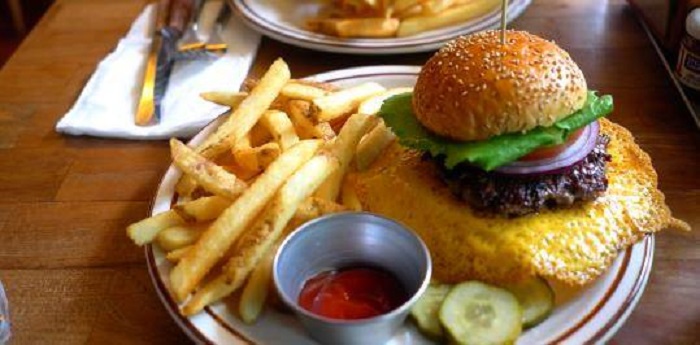
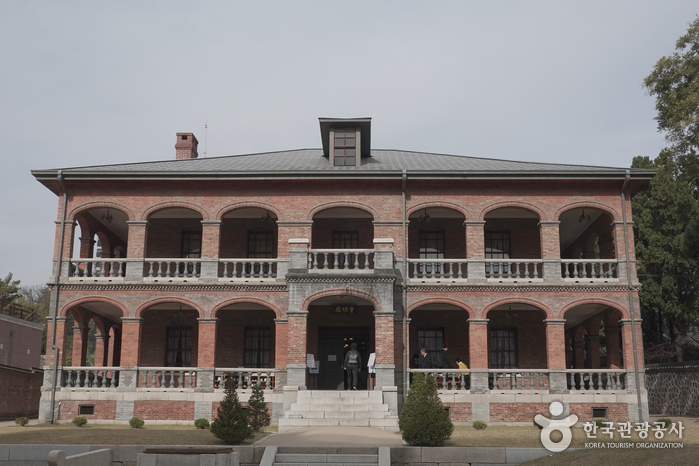
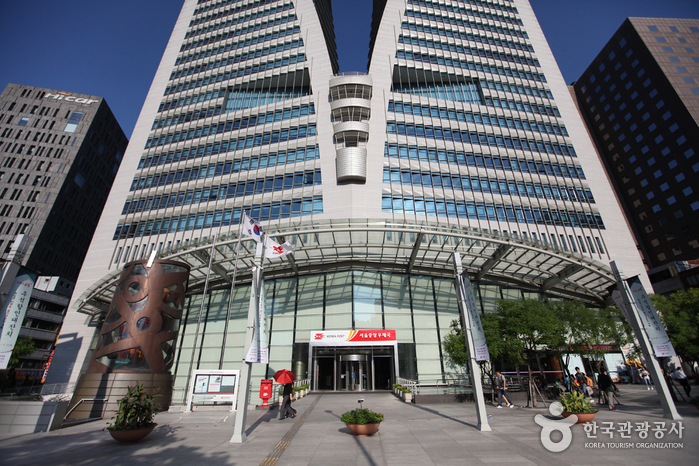
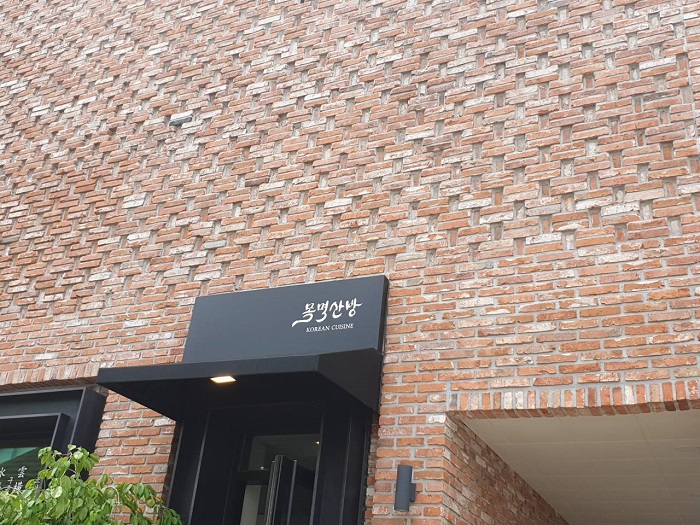
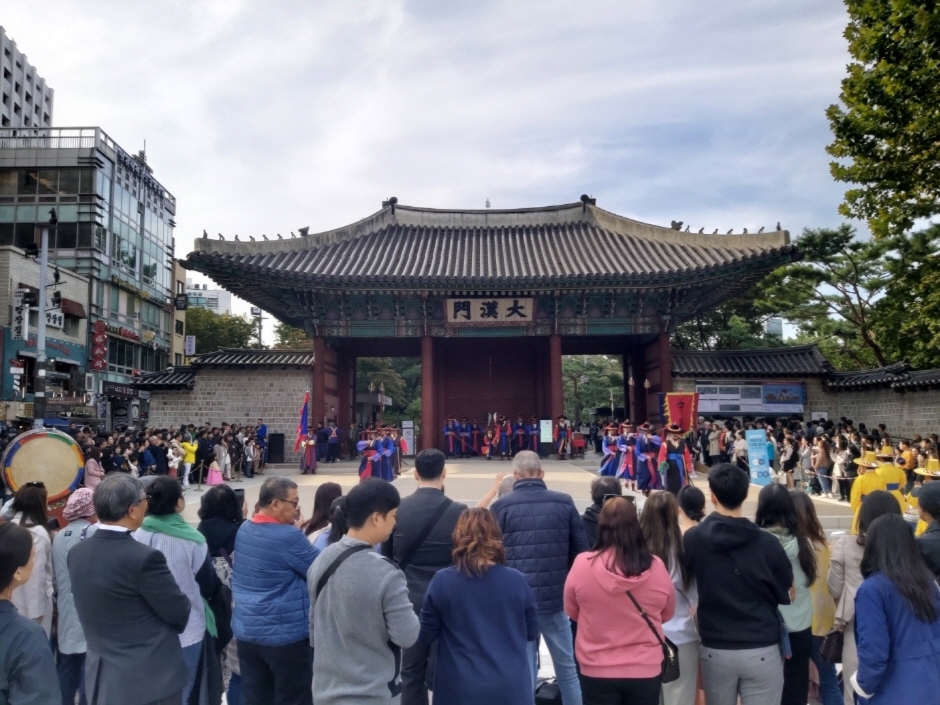
 Español
Español
 한국어
한국어 English
English 日本語
日本語 中文(简体)
中文(简体) Deutsch
Deutsch Français
Français Русский
Русский